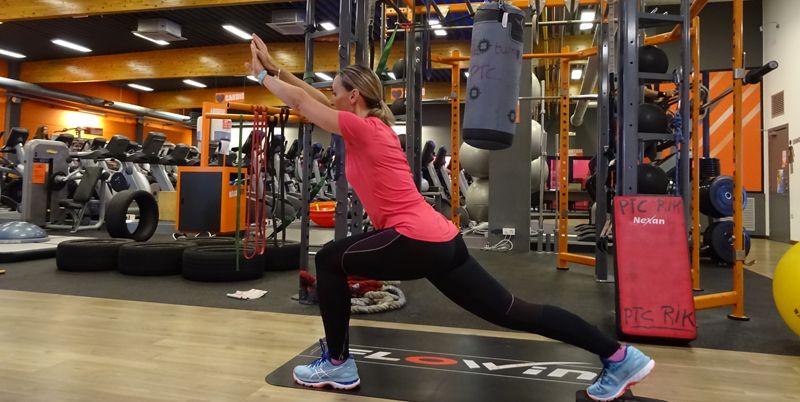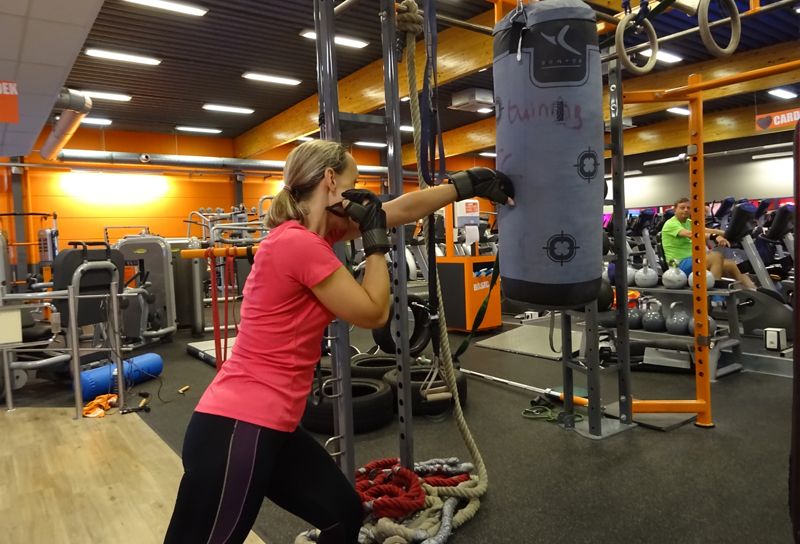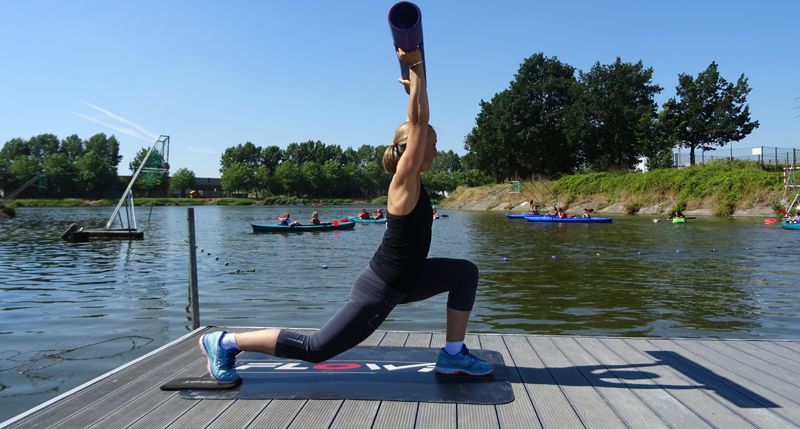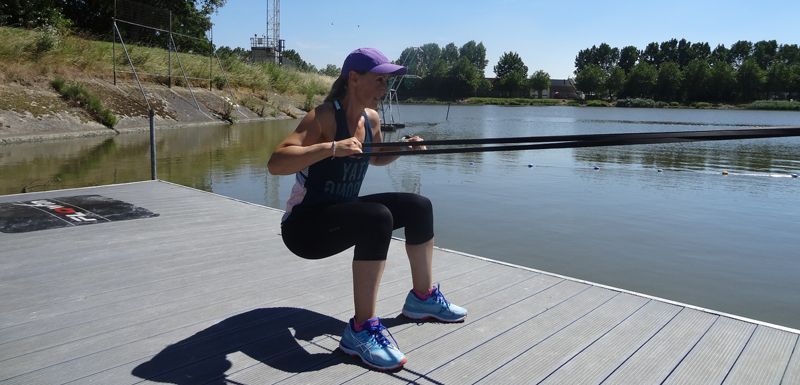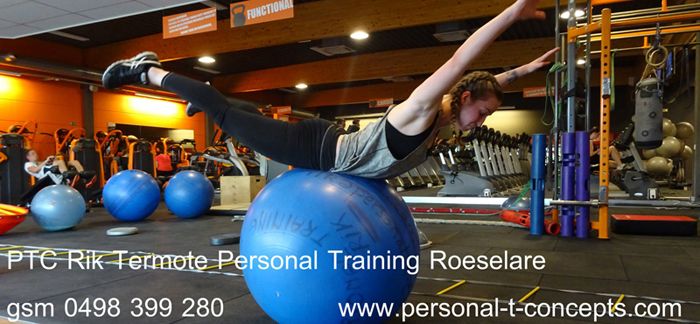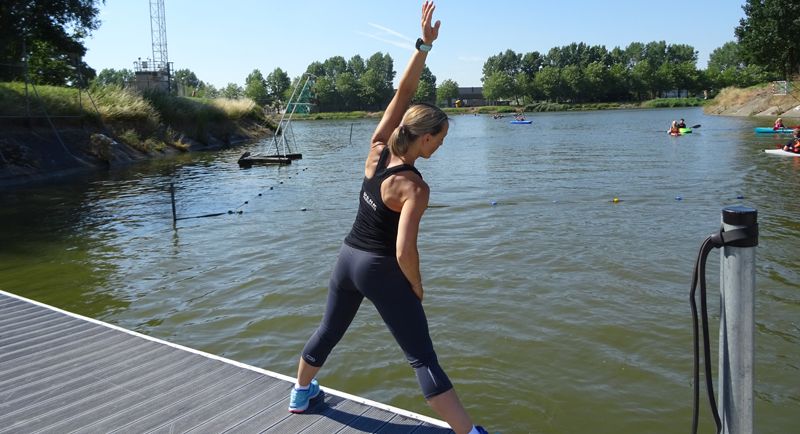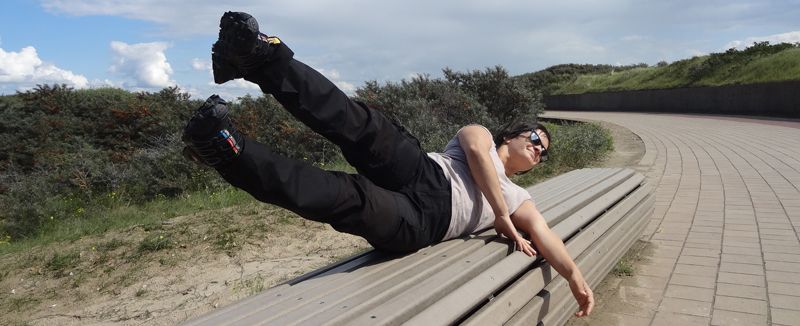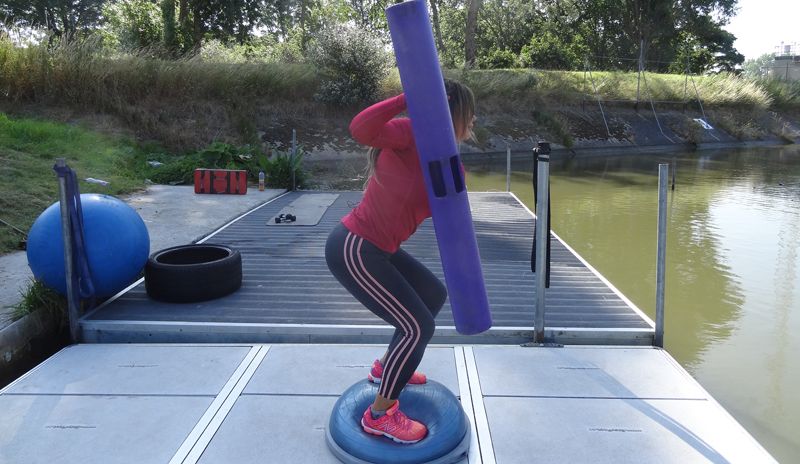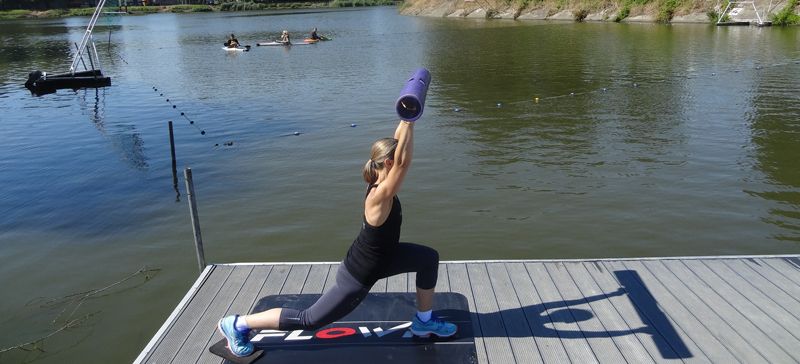Muscle Metabolism
Muscle function relies on the ATP energy system. Once all of the ATP has been used up, only ADP and P are left over. The body has three metabolic systems to convert these substances back to ATP.
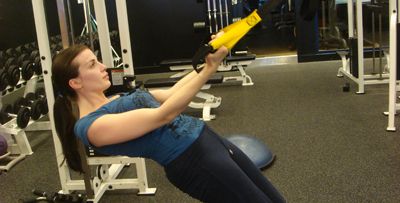
During extended exercise, the body uses the process that requires oxygen. Training of this process is also called aerobic training. This form of training not only burns sugars, but also accumulated fats. These sugars and fats play an important role in prolonged exercise.
Explosive power requires another metabolic system: the anaerobic system. An increased load on the muscles induces a sudden, temporary oxygen shortage that needs to be addressed with additional energy supplies.
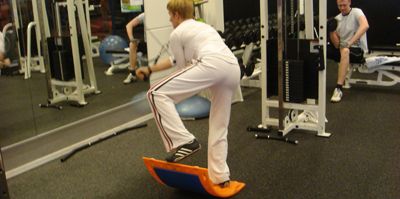
A functional training solicits both aerobic and anaerobic metabolism. Weight training must not involve weights that are too heavy, and instead use consistent repetitions to increase endurance. This forces the body to use the aerobic energy system. Then, an increase in resistance and decrease of repetitions activates the anaerobic system.
Work on a muscle involves three phases with regard to metabolism. The first two phases are anaerobic and trigger the supply of energy. The final, aerobic phase uses oxygen for metabolism and burns sugars, fats and proteins.
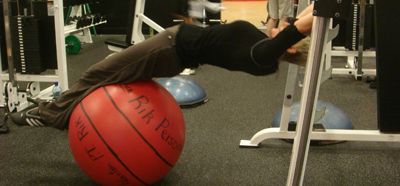
The creatine-fosfate system:
This anaerobic process does not release lactic acid and only works for a few seconds at the start of the muscle action. The body releases energy to start an explosive movement. It is the spark plug needed to initiate the movement. A limited amount of energy-rich phosphates is accumulated in the muscles. The more trained someone is, the bigger these stocks are, which means more available energy for explosive movements and short, intense efforts. When the creatine phosphate is broken down, the released energy is used immediately to produce ATP.
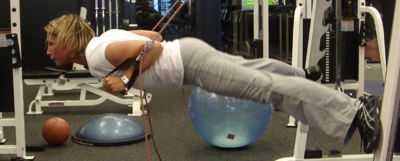
The lactic acid system:
After the creatine phase, the muscle metabolism switches to the lactic acid system. During muscle metabolism, the body burns sugar and produces lactic acid.
This phase is sustained for two to three minutes, and is followed by the switch to the oxygen system. This phase lasts some time as the heart and lungs take longer to meet the oxygen demand for muscle metabolism.
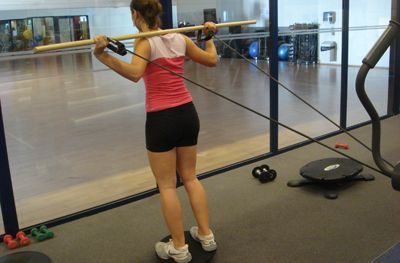
The Oxygen System:
During this phase, the muscle uses oxygen and sugars, free fatty acids and possibly proteins during prolonged exercise. If there is a shortage of these substances during effort, the building materials of the muscle itself are used, and the muscle itself is broken down, as it were.
Fat Loss with Cardiovascular Training
Many people start a fitness programme to lose fat. And what could be more effective at this than cardiovascular training? Unfortunately, many people eventually give up. Too little motivation, injuries, etc. Contact your Personal Trainer to help you meet your goals.
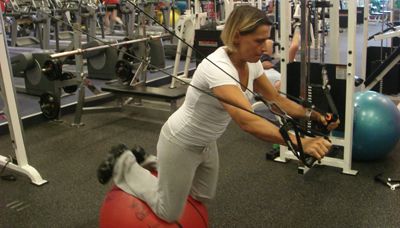
Interval training : Interval training combines short intervals of increased exercise intensity with intervals of the same exercise done at a lower intensity. The efficiency of the exercises is maintained at all times. Interval training burns more calories and fat. Because you give your body a rest during the exercises with low intensity, it can work extra hard during the high intensity periods.
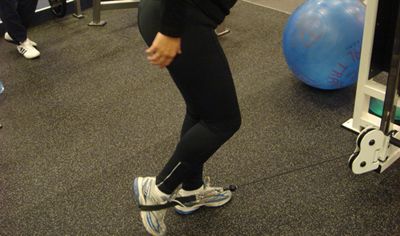
Cross training: Cross training combines different aerobic activities. Here, the workout involves fifteen minutes on the rowing machine, fifteen minutes on the cross trainer and fifteen minutes on the exercise bike.
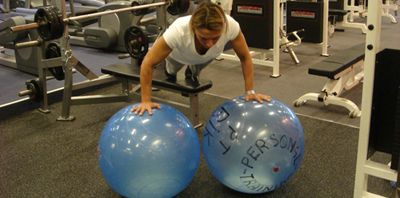
Following the seasons: Don’t leave out outdoor sports activities. They offer a welcome change to the hours spent in the fitness room. Different sports can be done in different seasons. You can swim in the summer, bike in the fall, cross-country ski/skate in the winter and go on a hiking trip in the spring. It is good for your body to adjust to a different activity every few months.
Fartlek training: is very similar to interval training. This training method was developed in Sweden and Finland. Literally translated, it means the “speed play”. But the intervals in this method are not measured according to time or distance, they are irregular. Set your treadmill at a fast pace and walk until you are just nearly out of breath. Now walk slowly until you get your breath back and then start walking faster again.
Cycle training: Plan your cardiovascular training in phases. In the first week, for example, do 45 to 60 minutes of exercises at a low intensity. This will gradually build up a base level of fitness. Then, the following week, do the 20-30 minutes of exercises at the highest intensity that you can handle. The weeks thereafter you can work out at a moderate intensity. This will help you get into shape, prevent injuries and avoid over-stressing your body.
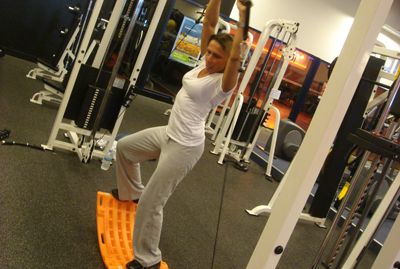
Circuit training: Do different cardiovascular exercises in a row for a few minutes. In many fitness centres, you can sign up for group circuit training. Circuit training doesn’t get boring as quickly, and so your motivation will last longer. Circuit training is an efficient calorie burner, increases muscle strength and reduces body fat.

Double your Trainingsessions : Training twice a day will give you a real metabolic boost. These training sessions don’t always have to be intense, but will ensure that your metabolism keeps pumping.





